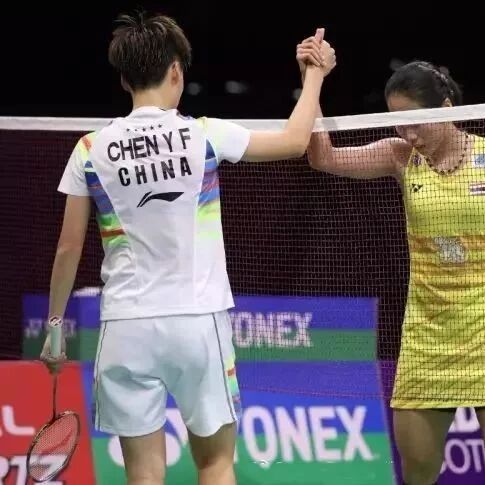Blood-boiling recap: Essential serve-and-return techniques for amateur doubles play!
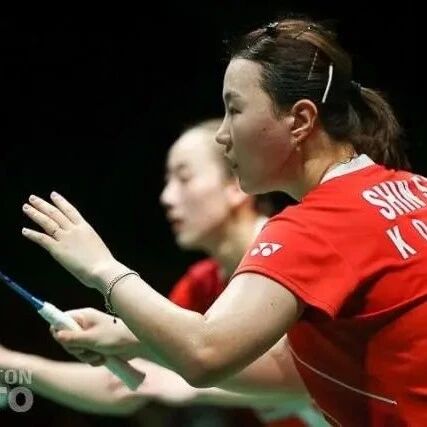
In doubles, we all share this feeling: when serving techniques are fairly evenly matched, the player who excels at returning serves often gains control of the match. A quick, steady, and precise return puts subtle yet powerful pressure on the opponent, causing the server to become tense and more prone to errors.

In doubles, we all share this feeling: when serving techniques are fairly evenly matched, the player who excels at returning serves often gains control of the match. A quick, steady, and precise return puts subtle yet powerful pressure on the opponent, causing the server to become tense and more prone to errors.
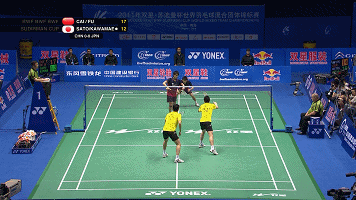
So, serving and receiving serve play a crucial role in a match—let’s now take a look at some common issues amateur players often encounter in these areas.
When sneaking a shot to the opponent's backcourt, your heart races, your expression grows serious, your hands tremble, and your footing feels unsteady—either the ball goes out of bounds or lands softly in the net, with potentially serious consequences.
The correct posture for a backcourt lob:
❶ Keep your weight on your front foot, with the toes of your back foot gently lifted, ensuring you’re ready to move at a moment’s notice after serving.

(Source: Wu Liuying teaches the game)
❷ The ball handler should hold the ball with the head facing upward, not downward—doing so easily risks hitting the shuttlecock instead.

(Source: Wu Liuying teaches the game)
❸ Place the ball head in the sweet spot—don’t even bother looking; just casually position it along the edge of the racket frame. If you do that, your serve won’t be accurate. Here’s where to strike the ball instead.
❹ When hitting the ball, swing the racket face forward and upward at a 45° angle. During the serve, the racket face must remain unchanged—45°—as shown in the diagram below:
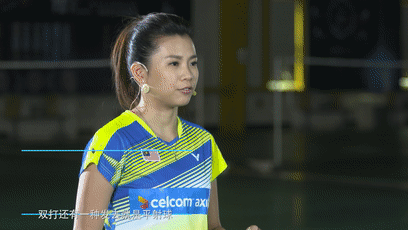
(Source: Wu Liuying teaches the game)
❺ The power comes from your thumb and wrist, generating force as you move upward and forward. As long as the impact point is positioned ahead of the body and the ball strikes within the sweet spot, you won’t need to put in excessive effort—yet the speed will still be impressive. In fact, the technique for hitting a backhand clear closely resembles that of a backhand drop shot, making these two skills highly complementary and easily interchangeable.
❻ The backcourt serve should mirror the net serve exactly, ensuring the motion remains discreet.
There are 3 reasons:
1. Lack of concentration—my catching posture was ready, but my mind couldn’t keep up. My opponent managed a quick backcourt attack, leaving me completely off guard and unable to react.
2. Without the ability to seamlessly transition from a step-and-jump to stealing the backcourt ball, your only option is to diligently practice your footwork and side-body shots.
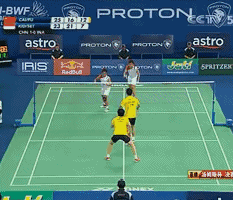
3. When you’re ready and have the ability to strike the shuttlecock effectively, facing a serve aimed deep into the backcourt, your go-to solution is usually a decisive shot—either a drop shot or a powerful smash—to instantly intimidate your opponent and force them to serve more cautiously.
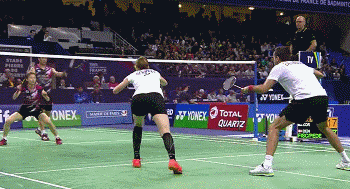
Without this ability, when facing an opponent who struggles to reach the backcourt, it’s best to return the ball as far as possible toward their baseline—because the further back you hit the ball, the lower the opponent’s offensive threat becomes.
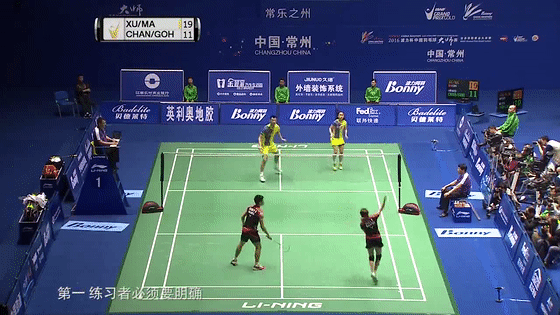
At the same time, remember to hit returns as high as possible—this will give you more time to regain your position and prepare, increasing your chances of turning a potentially dangerous situation into safety. However, mastering returns of this quality isn’t easy; it takes consistent, long-term practice to achieve.
When your opponent hits a ball quickly toward your face, there’s usually no specific tactic or technique to rely on—most players instinctively just return the shot. But make it a habit to raise your racket early; doing so will significantly reduce the difficulty of handling these fast-paced shots, since your racket will already be positioned right in the ball’s trajectory, ready to meet it.
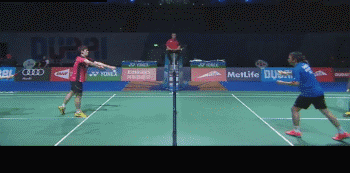
If the incoming ball isn’t moving too fast and you still have the ability to choose your return shot, it’s best to send the ball back toward your opponent’s two sidelines—this will help you avoid being pressured again in the center of the court.
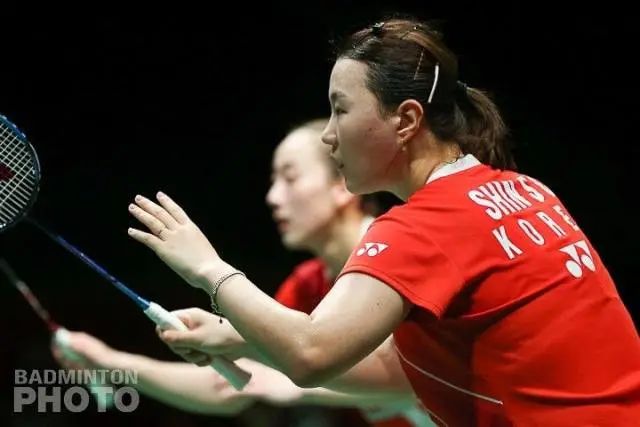
So in doubles, especially during the early stages of rallies—both on offense and defense—it’s crucial to develop the habit of keeping your racket raised. Position the racket close to the center of your body to ensure quick, balanced shots on both sides. When generating power, focus primarily on wrist action, making sure your swing remains compact and controlled.
Some players are confident in their hand movements and love showing off their feints—whether they’re playing singles or doubles. While feints inevitably come at the cost of slightly less reaction time, they’re an essential offensive tool in singles play. However, in the fast-paced environment of doubles, using feints requires extra caution. After all, if your opponent catches on to your fake, it could backfire badly.
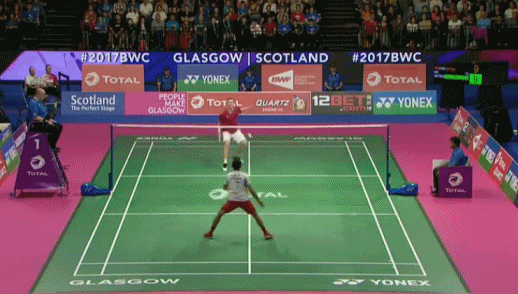
Correction: In doubles receiving, prioritize speed above all else. If you can reach high to grab the ball, never wait for it to drop lower—always go for the higher contact point. Similarly, if you can anticipate and intercept the ball at the net, avoid letting it get too close before reacting. And when a fast-paced shot comes your way, don’t hesitate—go for it without slowing down!
When receiving the ball and retrieving a shot from the backcourt, if you don’t push off the ground, you’ll simply have to step forward. This often results in slower approach or recovery steps, making it easier for the ball to drop into the net—plus, even if you manage to reach the ball, your momentum will carry you upward, leaving you in a very passive position. Similarly, when being caught off guard by a shot from the backcourt, you’re usually just one step away from missing the ball altogether.
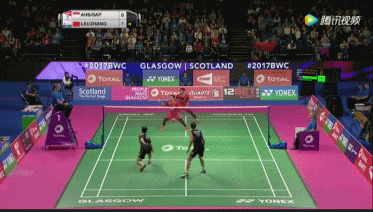
Correction: When initiating the receive-and-attack motion, you must use a powerful push-off with your feet to propel your body forward. When receiving a short ball, if you step forward with your right foot, make sure to push off the ground first before stepping; similarly, if you step forward with your left foot, use your right foot to push off and carry your left foot forward. For backcourt receptions, however, both feet should engage in a strong push-off simultaneously, typically followed by two quick, small crossover steps to quickly retreat backward.
In doubles, serves are primarily short balls, and three types of return patterns have been identified:
(1) Return to the net
Common techniques: (rubbing), (placing), (hooking). When facing a small ball, if you can return it using the same technique, you can turn defense into offense. Moreover, the server must ensure their serve crosses the diagonal service line, while the receiver’s return lands directly at the net—significantly increasing the difficulty for the server to retrieve the ball.
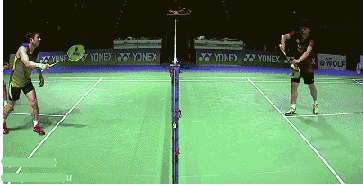
(At the net, shifting between active and passive roles)
(2) Return to both sides
Common techniques include pushing, slicing, and dropping shots. If the opponent serves with decent height, going for an aggressive net approach followed by a downward pressure shot will put them even more on the defensive. Since it’s referred to as a "waist-level" return, it means the ball is played along both sidelines—specifically closer to the center of the court. This type of return poses significant challenges for the server when attempting to retrieve the ball, making it particularly risky for the server to lob the ball high, as it can easily be dispatched in one swift, powerful shot.
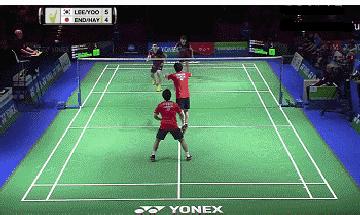
(Returned ball landing point: both sidelines)
(3) Return to the baseline
Common techniques: drop shot, push. This is currently the most frequently used method for returning the ball—but here’s a key tip: Pay close attention to the direction and power of your drop shot. If you send the ball straight to the center of the court, that’s definitely not what we want. As mentioned earlier, practicing drop shots aimed directly at the baseline can also be an effective way to launch a strong counterattack.
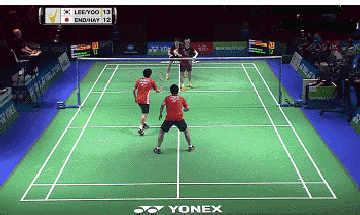
(Forehand, quick flat shot to the baseline—catching the opponent off guard)
Precautions for Receiving the Serve
(1) Positioning
Generally speaking, taking a position slightly closer to the net is ideal—it helps you move forward quickly to block shots and close in for volleys. However, be sure to stay alert and prevent your opponent from sneaking back to attack the backcourt.
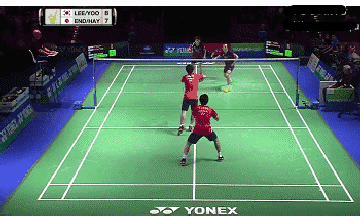
(Standing too far forward, got caught out in the backcourt)
If you have strong leg strength and enough time to retreat after a backcourt shot, you can position yourself further forward. But if your speed isn’t quite up to par, it’s better to stand just a step behind the service line, allowing you to cover both front and back court effectively.
(2) Raise the shot
The racket must be held up, at about head height, with the upper arm and forearm forming an angle greater than 90°—this helps generate a swift swing.
(3) Center of Gravity
Keep your front leg slightly bent and lean your body forward, with your weight centered over the front leg—but don’t lower yourself too much. That’s because you’ll be about to start moving, and if you’re too low, it could slow down your initial acceleration.

(4) Eyes
You can anticipate the opponent's serve—both its power and direction—from the moment the ball leaves their hand. Keep your eyes focused on the server's hand and the ball itself to minimize reaction time, allowing you to quickly devise an effective return strategy.
(5) Exert Effort
Holding the racket slightly closer to the handle helps generate power. Typically, returning a serve doesn’t require much force or a long backswing—instead, it relies mainly on wrist and finger movements to deliver quick, precise shots that boost ball speed.
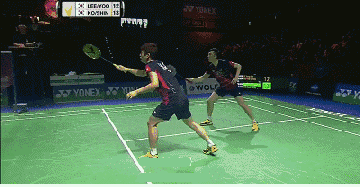
(6) Coherence
When receiving the serve, coordinate your footwork—make sure your mind, hands, and steps are all in sync. Next, focus on moving and positioning yourself with your partner, ready to return the next shot.
Based on my own playing experience, I’ve compiled some common phenomena related to serving and receiving serves—hoping these insights will be helpful to everyone. If you have an even better understanding of serving and receiving, feel free to share!

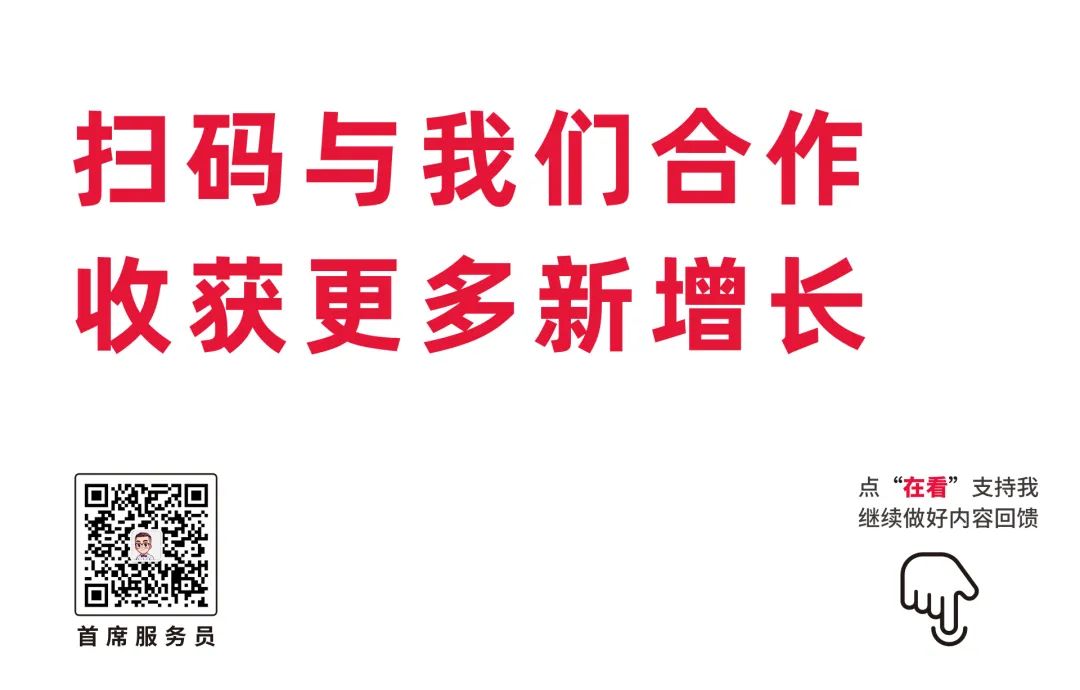
Related Articles

Lee Chong Wei greets the New Year with his entire family! Three years after his recovery, he’s lost so much weight it’s heartbreaking—his third son is already two months old.
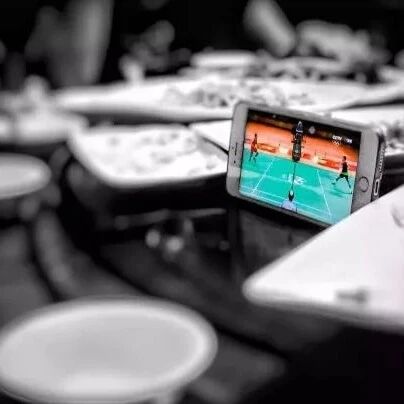
Is playing badminton in the evening harmful? Did you know what the best time of day is for playing badminton?
